"The Being of Drawing" PAI (Autonomous Research and Creation Processes)

“…I have taken on the task of thinking about the Being of drawing as force,
as energy, as spirit, as a symbolic being that accompanies us,
and we should do everything in our power
to bring it into existence, for ourselves, for others…”
— Alex Rodríguez
The department of Cauca—located in the southwestern part of Colombia— has historically been a landscape crossed by tensions of immense complexity. Its ethnic diversity, the persistence of armed violence, the presence of illegal economies, territorial disputes, and its deep tradition of social mobilizations have shaped a web of forces in which art operates in a unique way.
In this context, art in the Cauca region becomes a tool with agency: it enables exchanges charged with energy and spirituality. It often sheds its individualistic dimension to become a collective act, a porous and permeable process that welcomes encounters, experiences, and diverse realities.
The Being of Drawing, Alex Rodríguez’s third solo exhibition at Casas Riegner, gathers eight years of careful observation of his surroundings and complete dedication to the complex socio-cultural dynamics of Cauca’s territories, where drawing and graphic work have become key frameworks for articulating territorial, pedagogical, and spiritual experiences. Driven by a deep conviction in the transformative power of drawing—and shaped by the technical and human teachings of master Ever Astudillo— Rodríguez approaches drawing as a living dimension, endowed as a Being with a body, time, and memory. In this way, the exhibition is also the result of his lived experience as a member of PAI (Autonomous Research-Creation Processes) , a vast “weave of creation and learning” that seeks to resignify and heal through the collective act of walking the mountains of Cauca, sharing stories and hearth.
In the rural homes of Cauca’s Indigenous, Afro-descendant, and campesino communities, it is common to find a stove fire burning; the kitchen is a space of union and exchange, where the smoke, steeped in affection and memory, draws upon and impregnates the walls. In this way, the symbolic presence of ancestors embraces those who share words or a plate of food.
The act of infusing the space with smoke takes on new dimensions in the hands of the PAI group: as a collective ritual of opening, they light a fire with wood specially brought from Cauca. After harmonizing the space, they guide the smoke towards the ceiling of the gallery, drawing with soot a great constellation of stars that envelops the viewer in an atmosphere charged with symbolism, evoking the complexity and mystery dwelling in rural Cauca. At the same time, this constellation finds its mirror in the many pot lids that populate kitchens across the department, forming another sky, earthly and quotidian, that recalls nourishment, the hearth, and the families sustained by it.
Within this web of bonding and collective holding lies Rodríguez’s artistic production. His work not only reveals his virtuosity as a draftsman, but also an empathetic and sharp gaze, one that expresses deep concern for those sensitive and fearless beings who, through direct action or political protest, demand their rights. His drawings—most often starring women, girls, and boys—condense educational processes, syncretism, and fantastical elements—a resource the artist uses to expand and energize the aesthetic and narrative possibilities of his compositions. At the same time, these images highlight the force of feminine care and resistance that runs through many of the social processes taking place in Cauca.
Rodríguez affirms that deafening silences inhabit Cauca. These muted tensions emerge, in part, from the profound relationship its people maintain with nature: a silent, yet meaningful bond that reveals the importance of the act of listening.
The Being of Drawing offers itself as an invitation to linger, to rest the gaze upon a body of work imbued with profound social sensitivity, a tribute to Cauca through a tapestry of memory, resistance, and sensitivities. Through line, soot, graphite, watercolor, and clay, Rodríguez, together with PAI, offers us an artistic experience deeply committed to a territory, its voices, its knowledges, and a living ancestry.
Paula Bossa
----
1. PAI emerged in early 2023. It is made up of visual arts students from the University of Cauca, alumni, professors, and knowledge keepers from various communities across the department.
PAI Members
Angy Paola Gómez Sua - Camilo Ernesto López Saavedra - Diego Mendoza Imbachí -
Doreiby Perafan Imbachí - Elian Alexander Bastidas Moncayo - Elsa Melipsa Ordóñez
Mellizo - Juan Camilo Pajajoy Pajajoy - Juan Manuel Valencia - Lesly Yareth Orozco
Zuñiga - María Ernestina Tombé - Nestor Javier Muelas Calambás - Sebastián David
Guerrero Patiño - Sergio Gamboa - Sharon Daihan Sánchez - Pinilla - Valentina
Quintín López - Victoria Rodríguez Gómez - William Araujo Muñoz
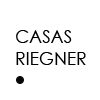
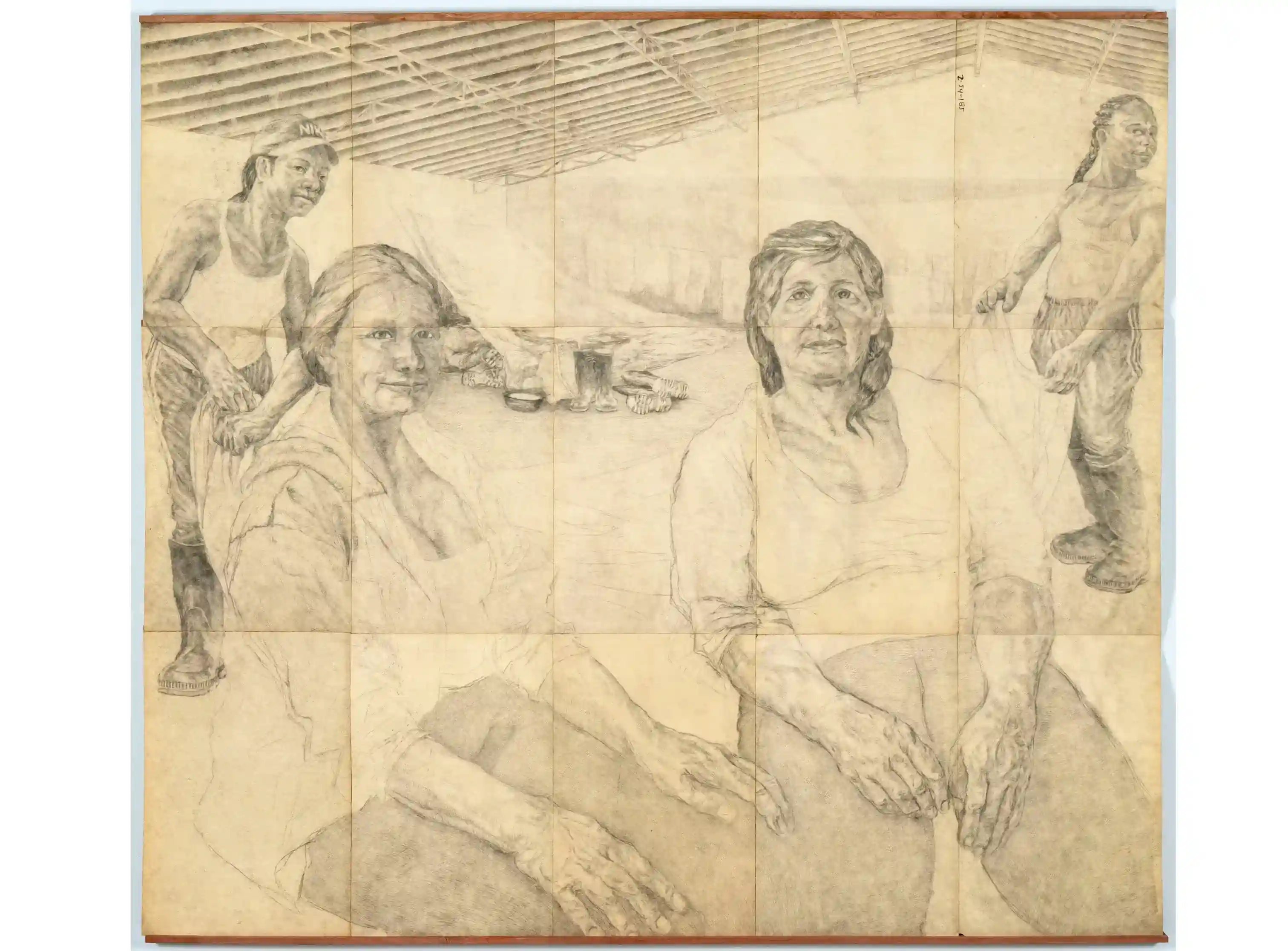
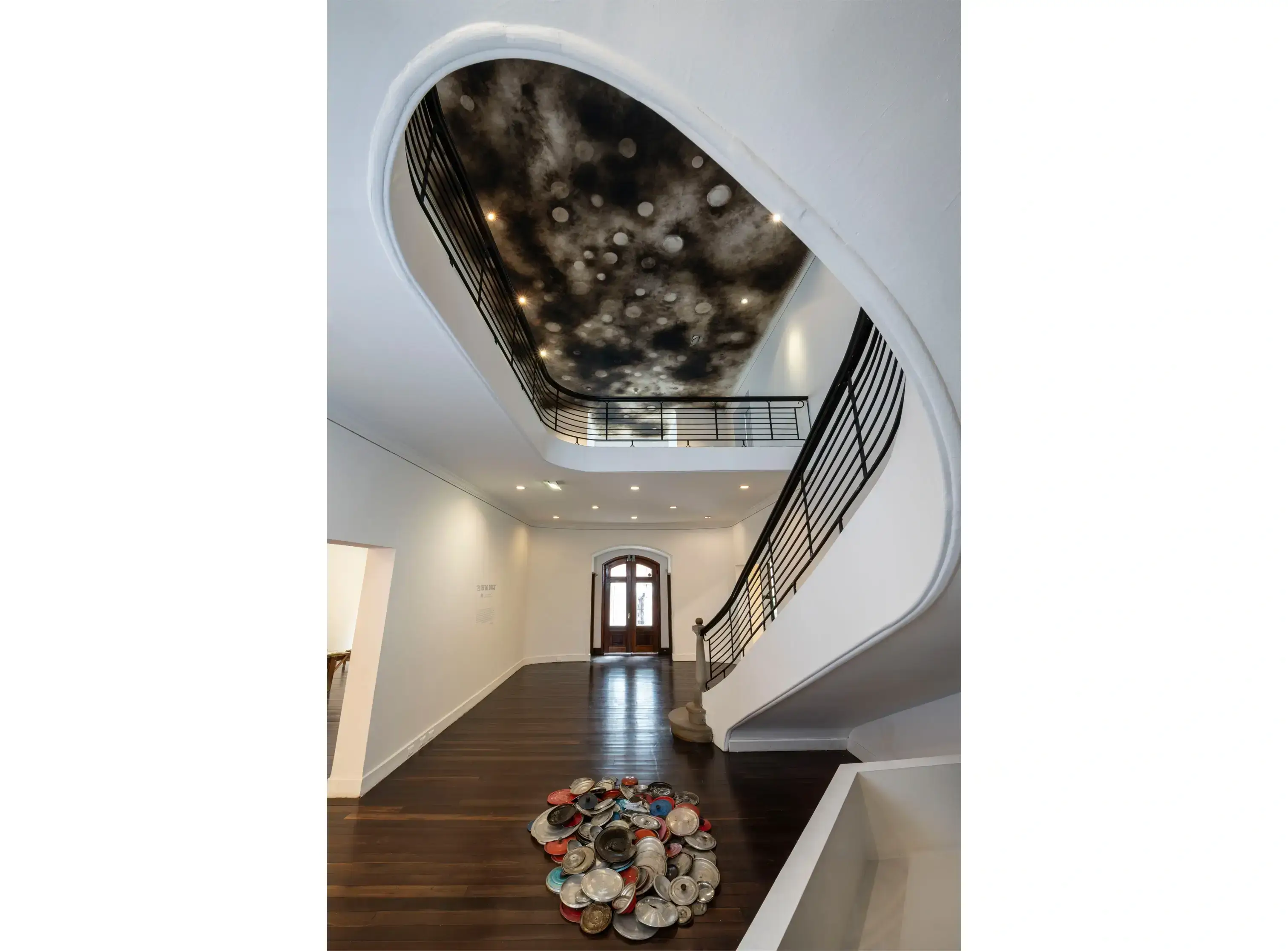
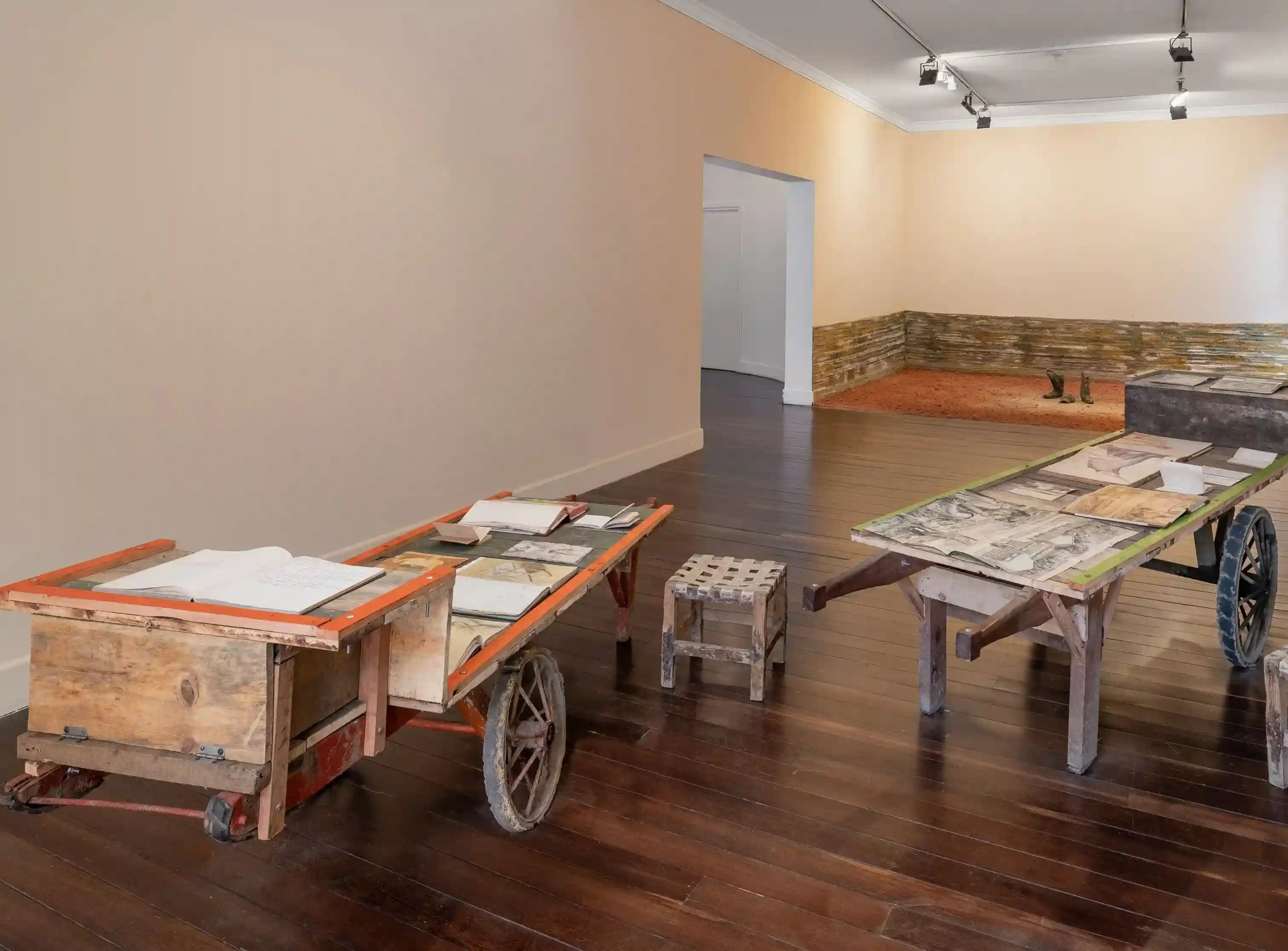
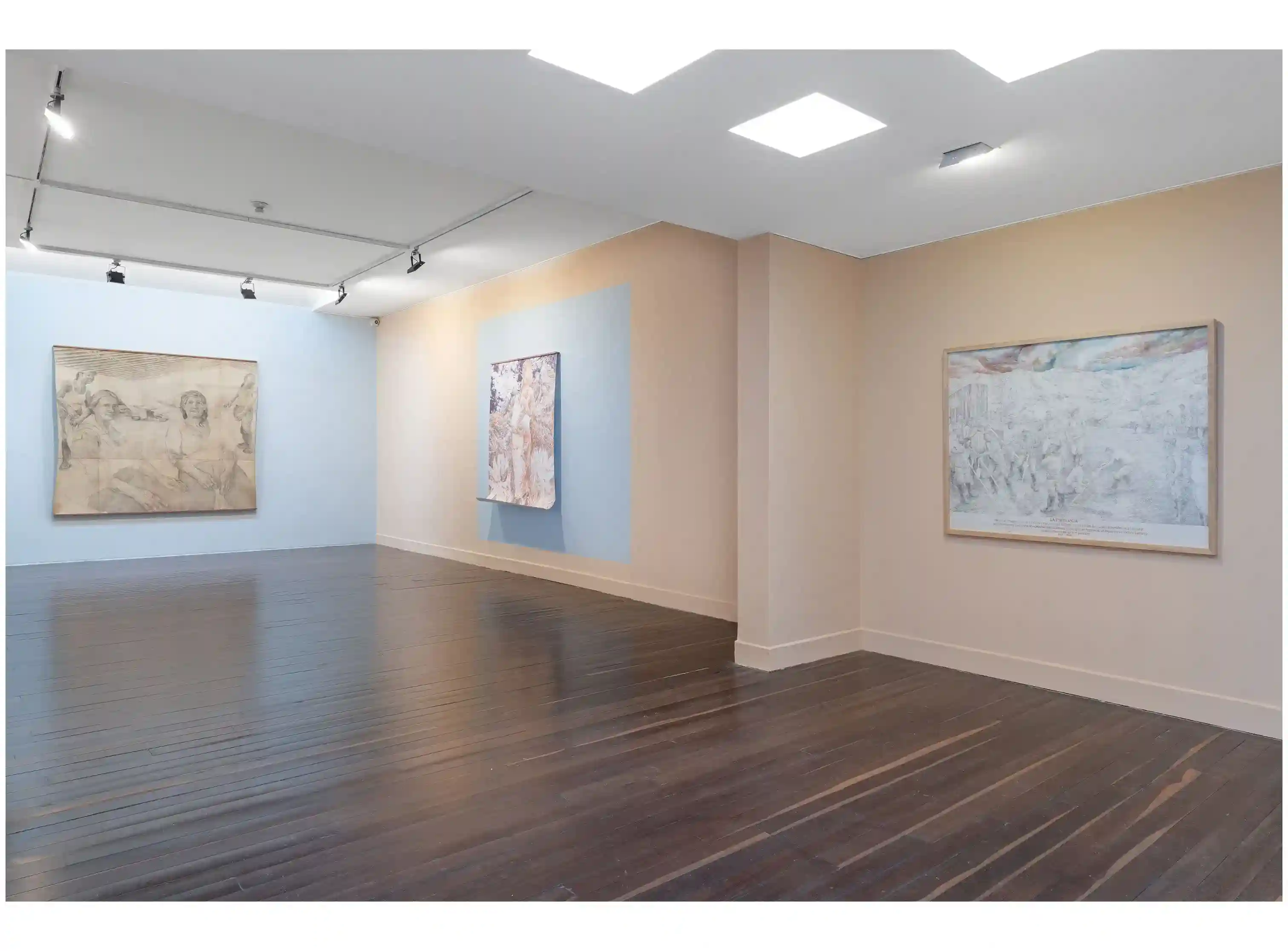
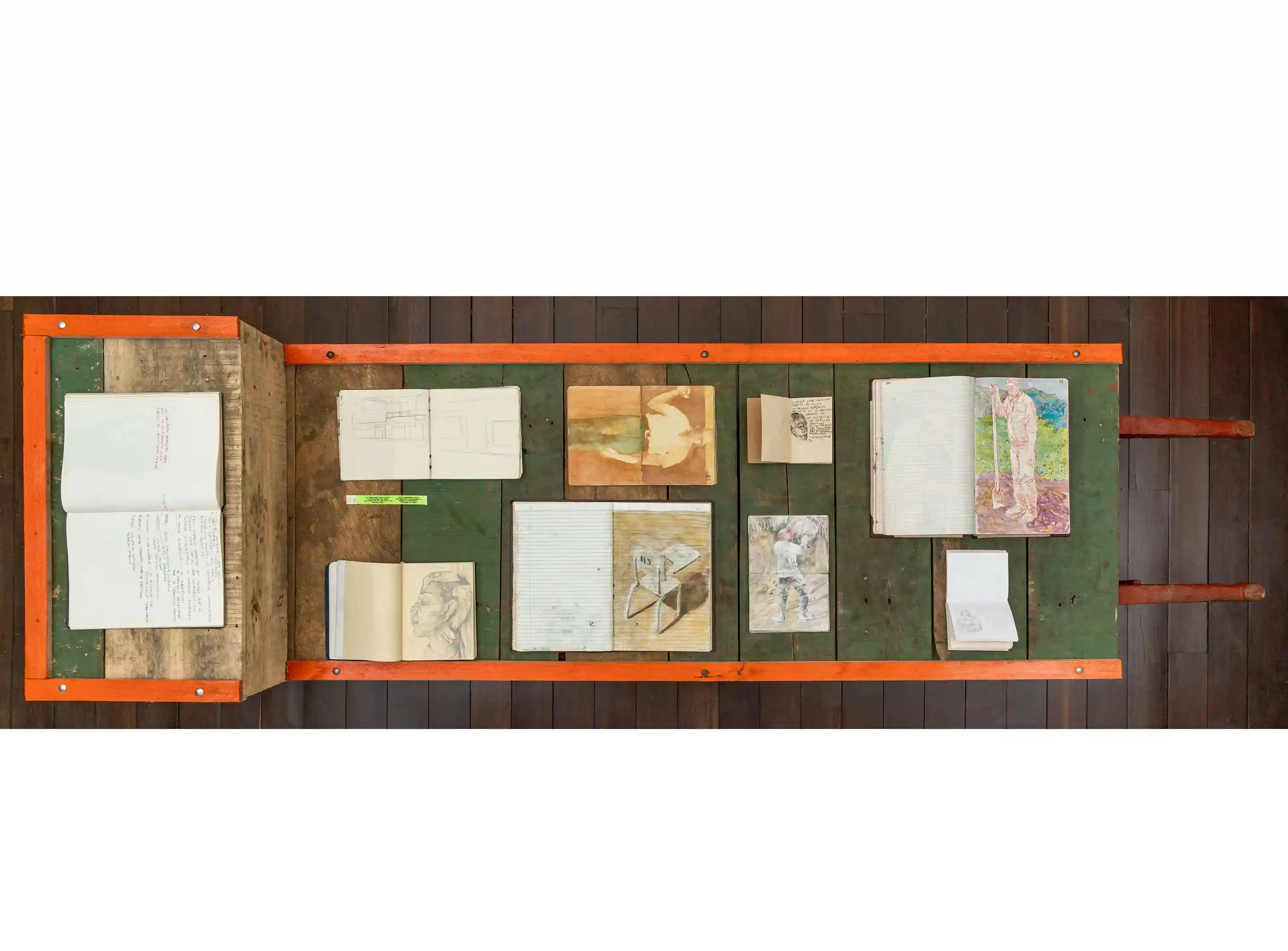
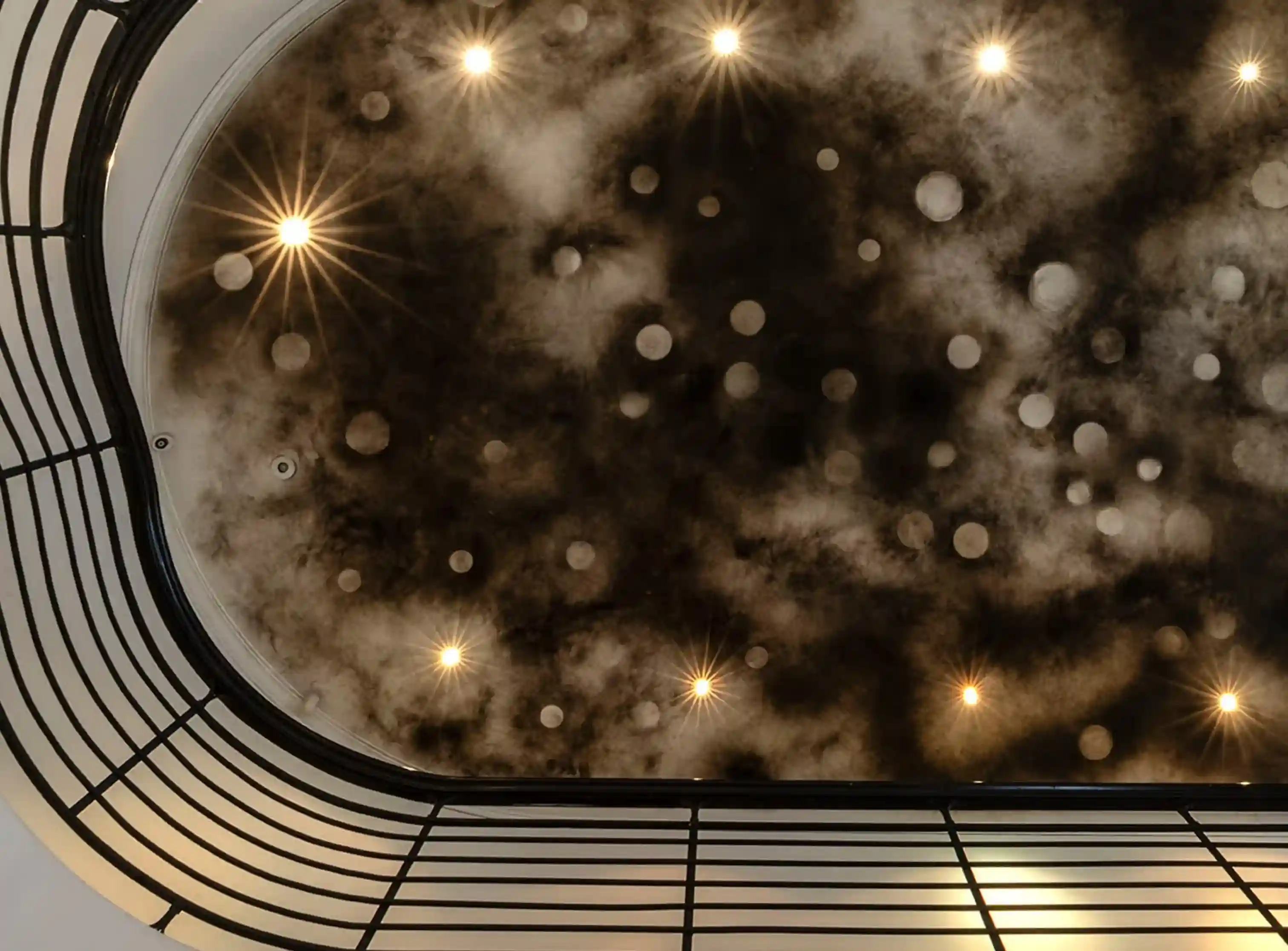
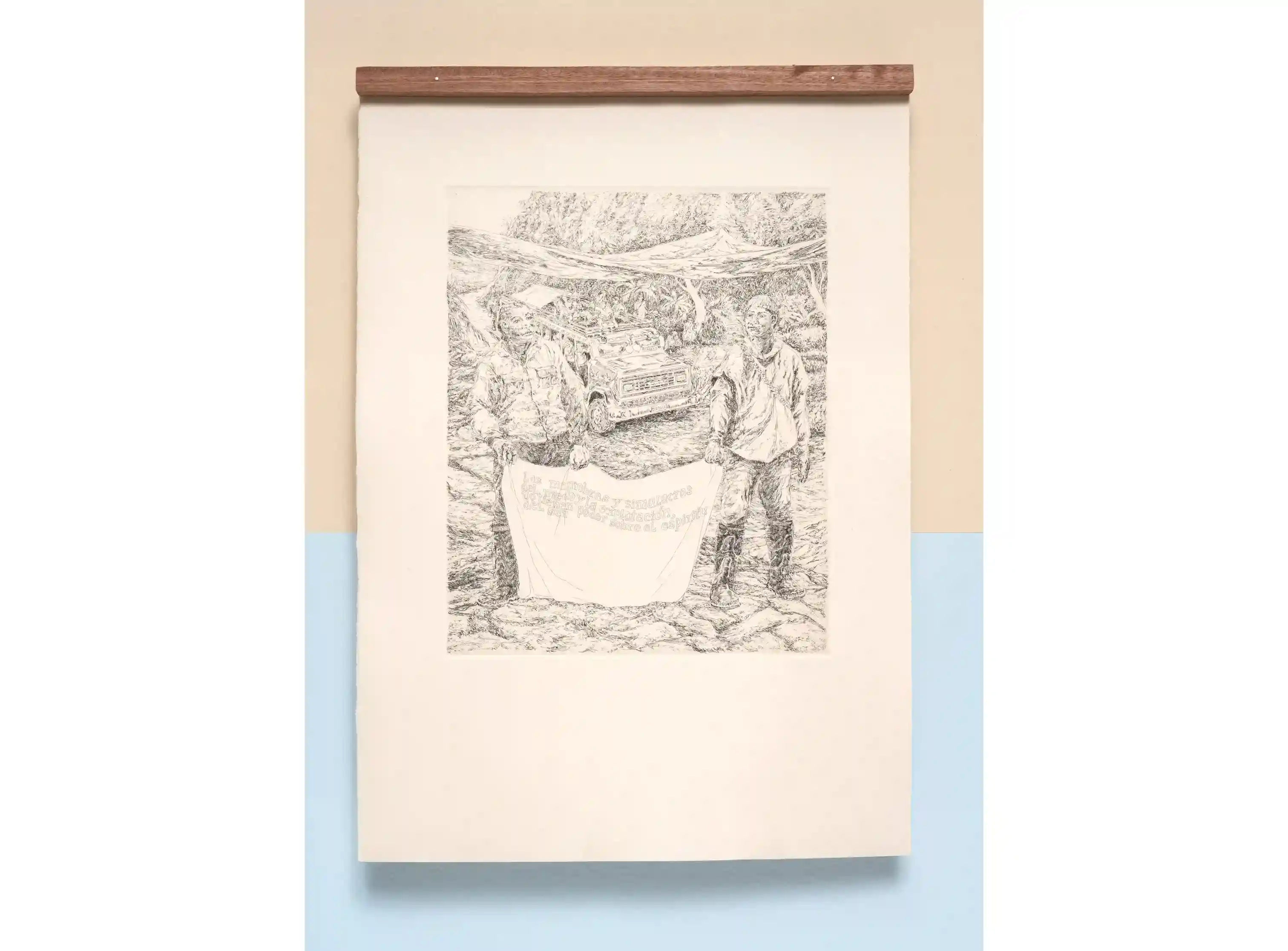

.webp)
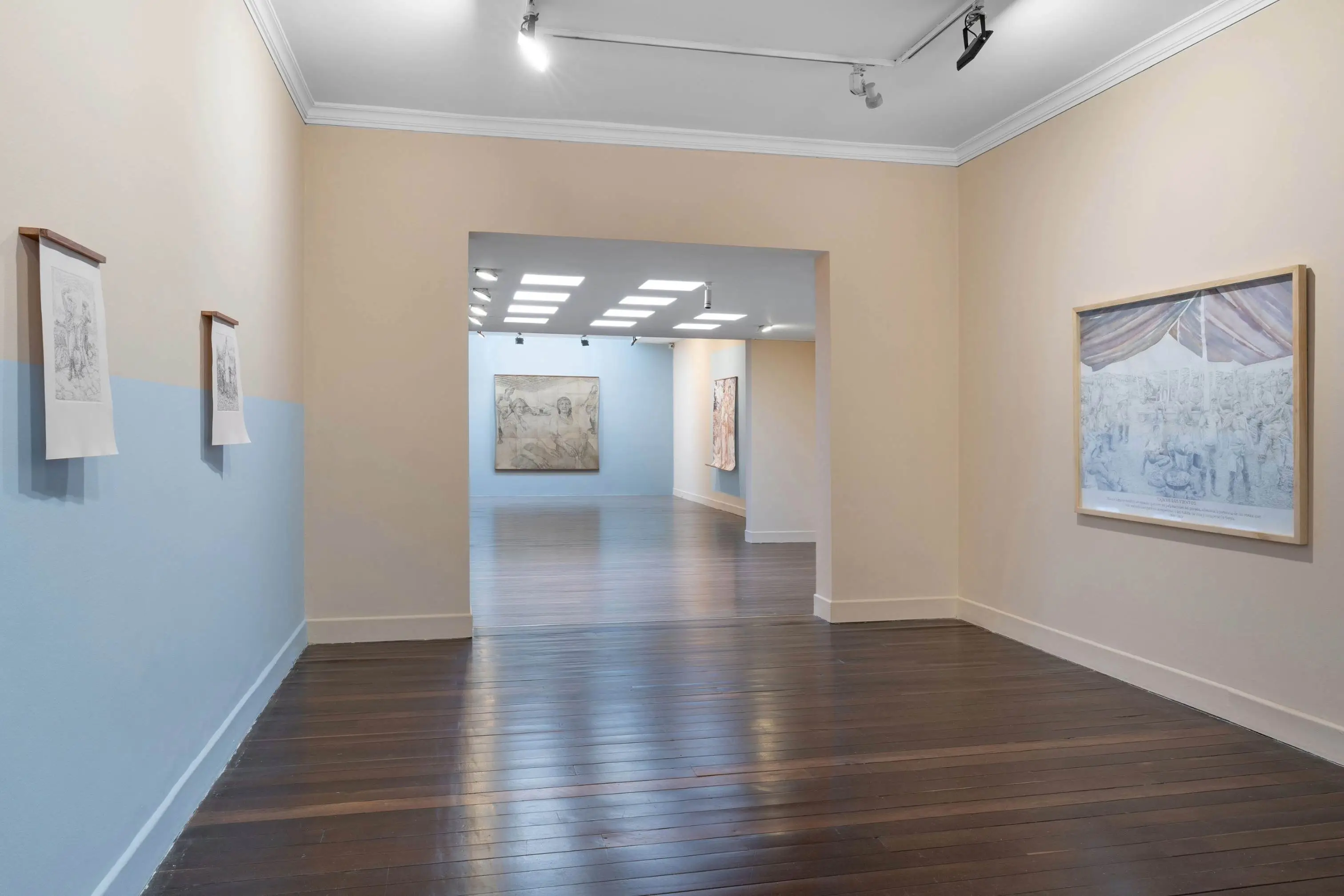
.webp)
